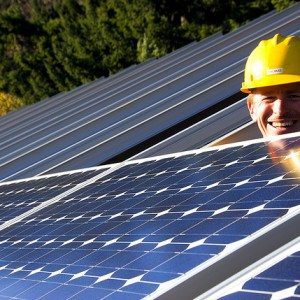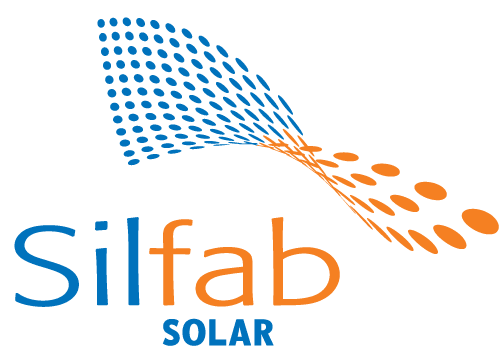Globally, solar power demand is expected to double every couple of years until 2022. Why? Renewable energies like solar panels enable individuals to produce their own energy, decreasing their utility costs and saving them money in the long term. As prices continue to fall and technologies continue to advance, solar demand will only increase over the next several decades. There are now 4 major ways to use solar energy, each with its own list of pros and cons. Understanding these various ways enables individuals, businesses and organizations to choose the type of solar energy that best suits their needs.
-
Solar panels
-
Biofuels
-
Artificial photosynthesis
-
Solar thermal

 Solar energy is quickly becoming one of the most talked about forms of renewable energy. The benefits of installing solar panels is quite evident and there are many consumers looking to make the switch. But where to begin? How do you know what kind of solar panels work best for your property? To answer these questions, you must first educate yourself on the different
Solar energy is quickly becoming one of the most talked about forms of renewable energy. The benefits of installing solar panels is quite evident and there are many consumers looking to make the switch. But where to begin? How do you know what kind of solar panels work best for your property? To answer these questions, you must first educate yourself on the different 








